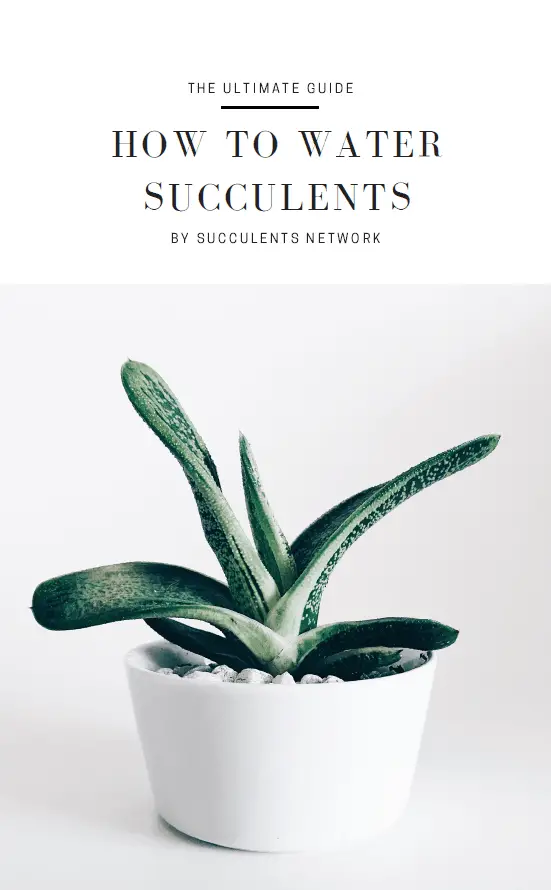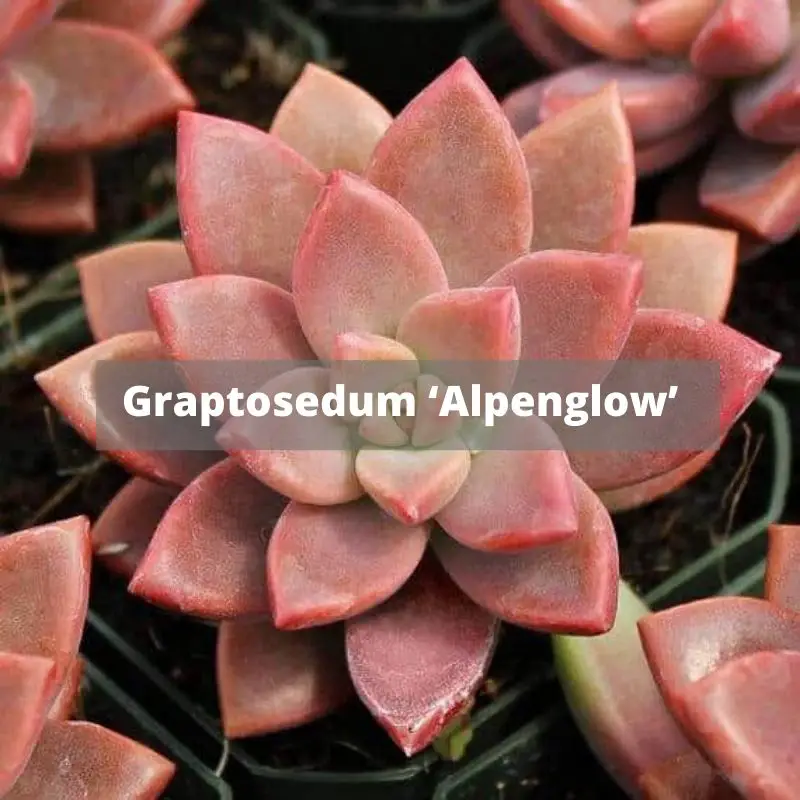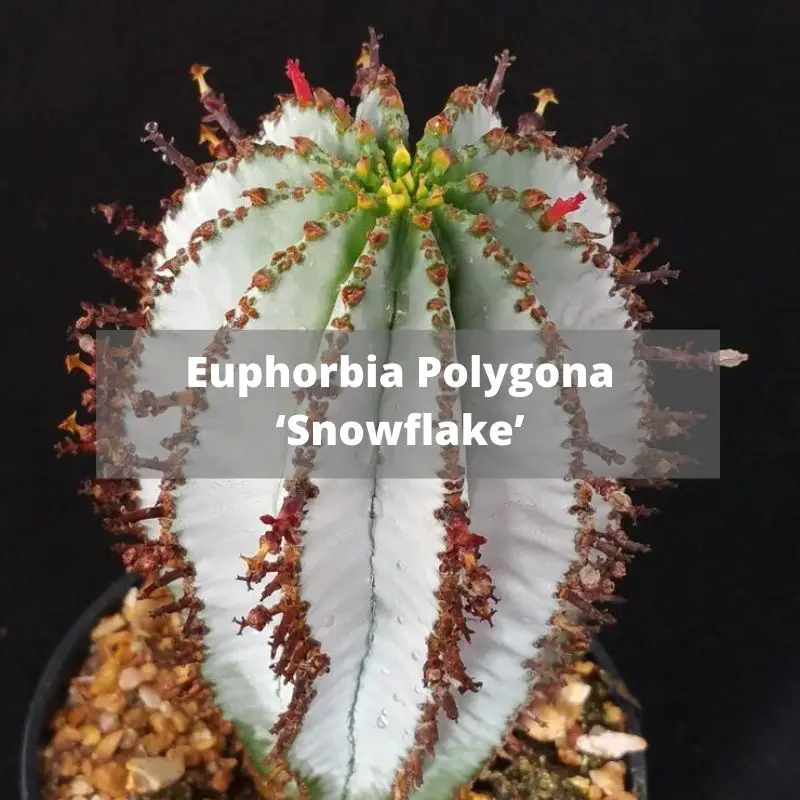We have been asked so many questions about cactuses lately that we thought that we would summarise it up for you here. To understand the cactus better first, you need to understand everything I have written.
Are cacti succulents?
These types of cacti are succulents that can easily retain water. The water cacti collect stored throughout the fleshy part of that same cactus, something that is generally a defining characteristic of the succulents. Because of all of that, cacti are considered to be a sub-category of the umbrella of succulents.
Though, this doesn’t assume all the succulents are cacti. Cacti are different types of succulents which contain isolates, otherwise recognized as areas from which spines develop. These are elements of cactus which do not appear in most of the other succulents and thus make them unique.
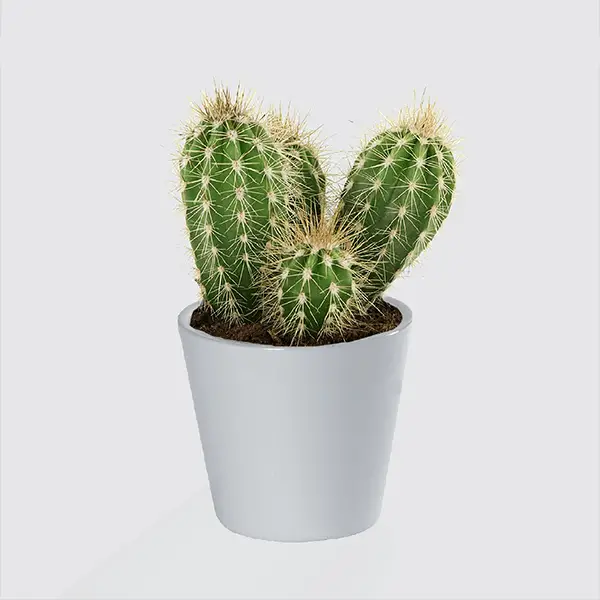
Picture via juneflowers
Are cacti trees?
Yes, but many things to them resemble trees. Even though there are some cactus that closely represent several types of trees like that from the genus Pereskia, cactus is rarely considered trees. Several of the cactus types that look quite similar to trees are only called treelike.
The characteristics which are sometimes confused with their definition as trees are their leaves, bark, and also the capacity to develop into treelike forms. To imagine, however, that perhaps a cactus is a tree because it looks like one is wrong. Cacti are mostly considered a part of the Cactaceae, but it should be said that scientists do not recognize them as trees.
Are cacti flowers?
Most cactuses are also not regarded as flowers. However, some species are always recognized to have flowers that grow out of them. For starters, cactus varieties like the Echinopsis end up producing relatively pretty flowers, causing many to assume that cactuses are flowers.
Since cacti are mostly the host for flowers, they are always considered to be plants, no While there is plenty of cactus which don’t have any flowers at all, only growing spines, that makes it usually problematic term to apply. Nevertheless, it is worth bearing in mind that cactuses are often called flowering plants, a word that is distinct from the flowers themselves.
Are cacti ericaceous?
Cacti are not a part of the well-known Ericaceae family there, for it is not considered to be ericaceous. Instead cactuses are thought to be a part of the Cactaceae family.
Are cacti plants?
Cacti are plants. That is because of their status from the sub-category of the succulent plants.
Are cacti angiosperms?
Cacti are angiosperms. But what are angiosperms? Generally speaking, angiosperms are plants that flower. The Cactaceae family is considered to be under the category of angiosperms.
Are cacti monocots?
Cactuses are not monocots. This is because of the angiosperms that are by most considered to be dicots, a flowering plant that can have two seed leaves.
Are cacti vegetables?
Most cacti are not considered vegetables. That is because most of them are not edible; there are, however, several types of cacti that can be eaten. The species that are considered to be edibles are also thought to be vegetables (such as the nopales, an edible type of cactus).
Can cacti die?
Although cactus is applauded to be slow-growing, long-lasting plants, they can die in certain harsh circumstances or sloppiness from their owners. Generally, the first and most common cause of cactus death seems to be due to massive amounts of soil moisture (over-watering).
Since cacti do not always want as much water as some other flowering plants, it will be easy to overestimate the cacti watering needs, so it is essential to be careful. Cactus can also die at cold temperatures while some species can comfortably survive at shallow temperatures.
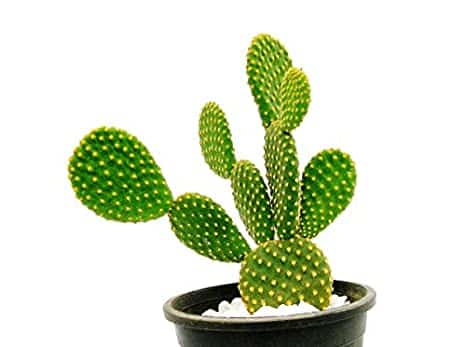
Picture via Amazon
Can cacti grow in the shade?
It depends on the particular cactus plant. Some cactus styles will be able to develop better in the shade while other cacti really need to be in direct sunlight. There are several varieties of cactus that will adapt to whatever light is nearest, allowing their inclusive growth to be focused on light despite growing up in the dark.
Can cacti survive winter?
Generally not. Some cactus are well established for developing in dry, coastal regions, but some types might also live in colder areas. However, one of the unifying considerations amongst all cactus is that they often do not very well embrace humidity in winter. The coldest temperature where they can still survive for a vast majority of cacti is freezing (~32 degrees Fahrenheit). Nevertheless, in the broader sense, the coldest temperature a cactus will live at is highly dependent on the plant.
Many cactus, however, could comfortably live in sub-zero environments. Some examples of them can include the Flowered Hedgehog Cactus, often recognized as the viridiflorus Echinocereus. This cactus can withstand temperatures as low as that of negative 20 degrees Fahrenheit, something that most other species are not capable of.
The Fishhook Barrel Cactus (also known as Ferocactus wislizeni) and the Santa Rita Prickly Pear Cactus (also known as Opuntia Santa-Rita) are other types of cactus which can endure under such environments closer to zero degrees Fahrenheit.
Can cacti survive in low light?
Some cacti can easily survive in low light, although most species are not able to handle low light conditions. Although Gasterina (a cacti type) that can easily survive in low, low light situations.
Can cacti grow in average soil?
Sure, but cactus also can’t stay healthy enough if they develop in regular soil. Alternatively, cactus must especially be designed soil, which can provide them with the nutrients they need. Cacti potting soil has often been available in grocery stores and many other kinds of garden centers.
These kinds of specially designed soil contain a large quantity of peat, a component that helps the soil to hold moisture better while allowing the cactus to absorb it properly. Because cactus are succulent, they can hold onto water for a much more extended period of time than other plants, making it vital for the soil in which they live to be able to hold water for extended periods, too.
Can cacti grow indoors?
Yes, even though it’s vital to duplicate the atmosphere of the outdoor scenarios as much as possible for the growers so that the cacti can grow indoors. That generally means subjecting the plant to the sun frequently for someone who grows simple potted cacti in their own home.
It is advised that the cactus be developed in different soil to mimic external conditions (i.e., combining sand and water) for more extensive growing establishments. Cactus, which produces indoors, possibly also require additional growing lights to simulate outdoor conditions as accurately as possible.
Can cacti grow in sand?
You can grow cacti in the sand, although most wild cacti grow mostly in a mixture of sand and soil. In essence, cacti are easily able to grow in or around sand; it is considered to be an essential part of the environmental makeup of deserts. Although the main essence of what soil is best for cacti, it all depends on the specific genus.
Can cacti grow in a pot or container?
They can! In reality, cactus growing in different types of pots and containers are amongst the most popular cactus people will take on for breeding. These sorts of cactus are also very convenient to take home and incorporate into someone’s apartment, making them excellent options for anyone who wants to have a plant without having to adjust their routine severely to care for it. Cacti are succulent; they shouldn’t be watered too frequently, making it very easy for them to take care of regularly.
Are your succulents dying? Do you need urgent help to keep them alive? Don’t worry! This ebook will solve the problems. I shared all my secrets related to how to water succulents with you.
Can cacti burn?
While cactuses have the ability to sunburn on their stems, they are unlikely to be able to burn up on fire. Because the cacti are primarily composed of mud, they have trouble catching fire.
Why do cacti have spines?
One of the main Cactus Frequently Asked Questions are about Spines on the cactus are the result of their insoles, spots on the cactus, which enable spine growth. Spines are mostly called modified leaves in this sense. We have so many different characteristics, but maybe the essential thing being that the spines shield cacti from predators. That doesn’t say all cactus are made safe by their spines, however.
For example, spines sometimes offer valuable protection to the plant surface. Although you may not think the spines are big enough to accommodate a cactus in every way, you have to take into account that cactus sometimes have hundreds of spines with each offering some defense.
All of this amounts to being somewhat significant, allowing the cactus to safeguard its skin against lousy weather conditions.e, wild animals like sea turtles and pack rats are capable of eating cactus without damaging the spines.
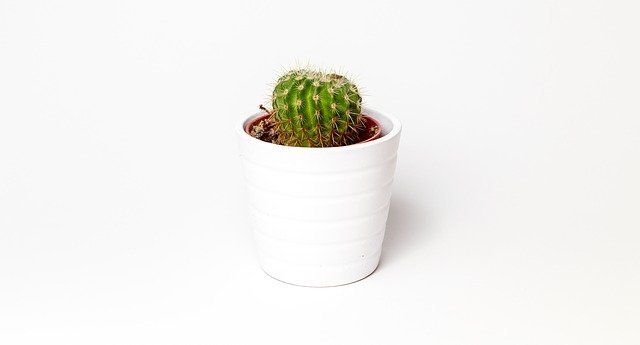
Picture via Pixabay
Why do cacti have long roots?
Cacti generally have shallow roots, which are intended to remain relatively close to the surface. These roots, however, can, with time, grow larger, growing only a few feet from the plant itself. The reasoning cacti have such long roots mostly because they need to absorb as much liquid as possible, with the roots spreading outwards in case of rains to reach as much ground.
What is inside of a cactus?
Cactus has a dense, tough-walled, succulent stem that can retain water in the stem when it finally rains. The stems are both fleshy, green and photosynthetic. The stems inside are somewhat spongy or solid (depends on the cactus). A thick, waxy coating stops water from evaporating inside the cactus.
What cactus symbolizes?
The cactus plant, especially the yellow cactus genus, in particular, symbolizes both comfort, safety, and stamina. The cactus flower is a sign of motherly love because it can survive and survive in severe conditions, and in doing so, symbolize the unconditional love of a mother.



